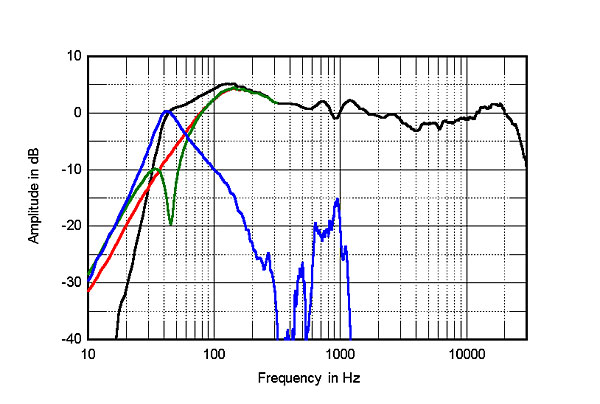Science doesn’t lie.
Observations, even subjective, warrant additional investigation.
The KEF Q350 is better than the XPL 90 In many regards but the XPL90 is smoother from 100 Hz to 1500Hz or so.
Might the preference score underestimate the value of smoothness in this region compared to somewhere else (say above 16 kHz)
Keep in mind that the formula does not weight frequencies differently, this speaker has a dip ~4kHz, which is in the presence region so it's more audible than the same dip but at 10kHz. This is likely one reason the accuracy is not much higher.
Also, Amir's listening room is open to one side and is a loft if I recall, that may be one reason he really likes wide dispersion (though preference for wide dispersion seems to have been documented in studies).
Last edited:

